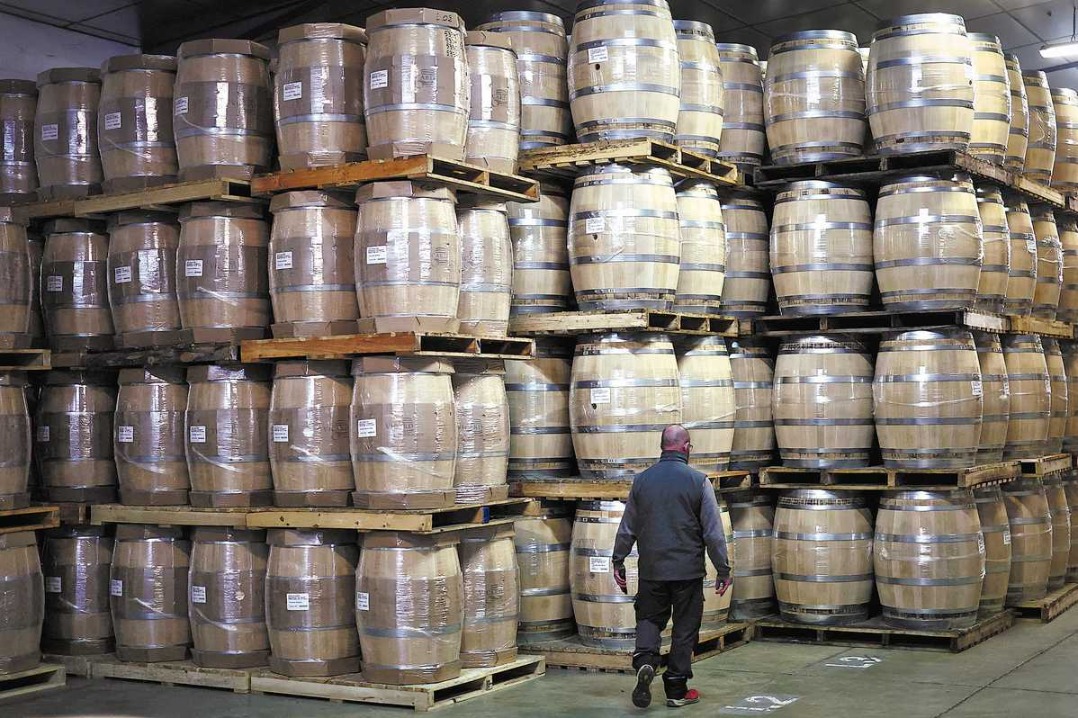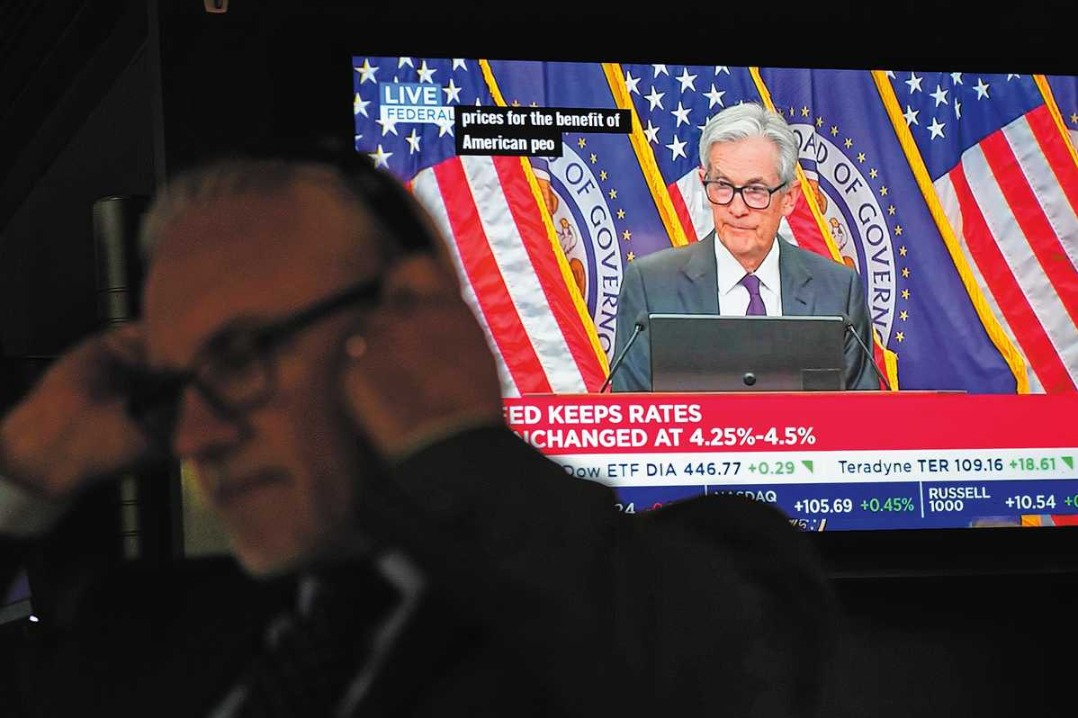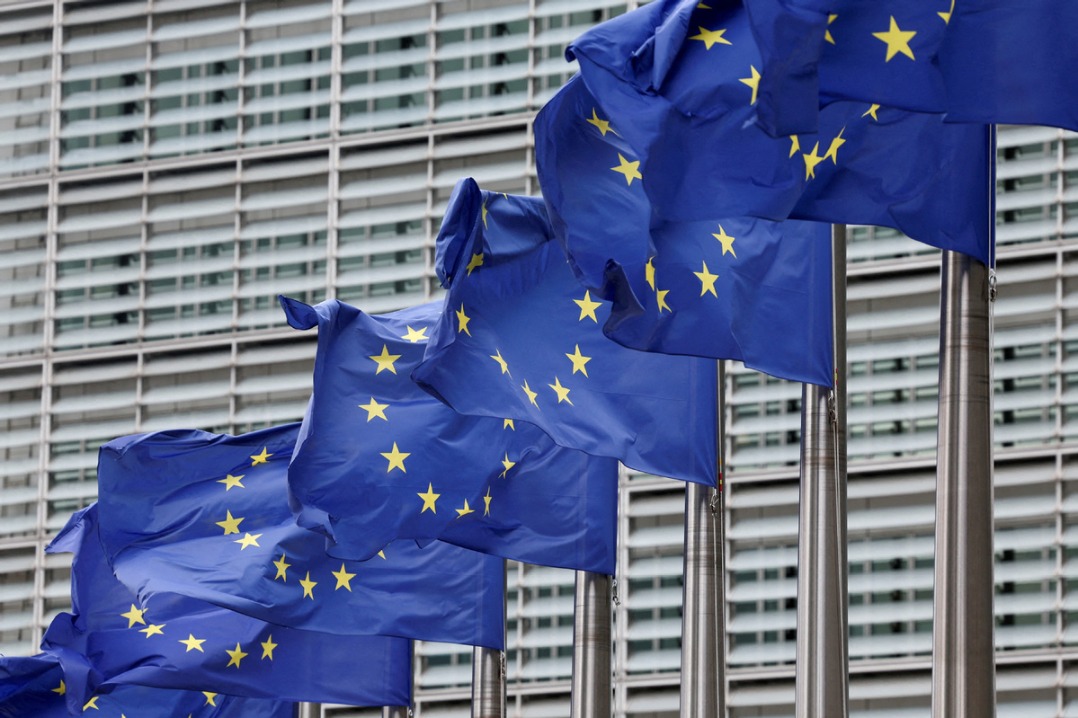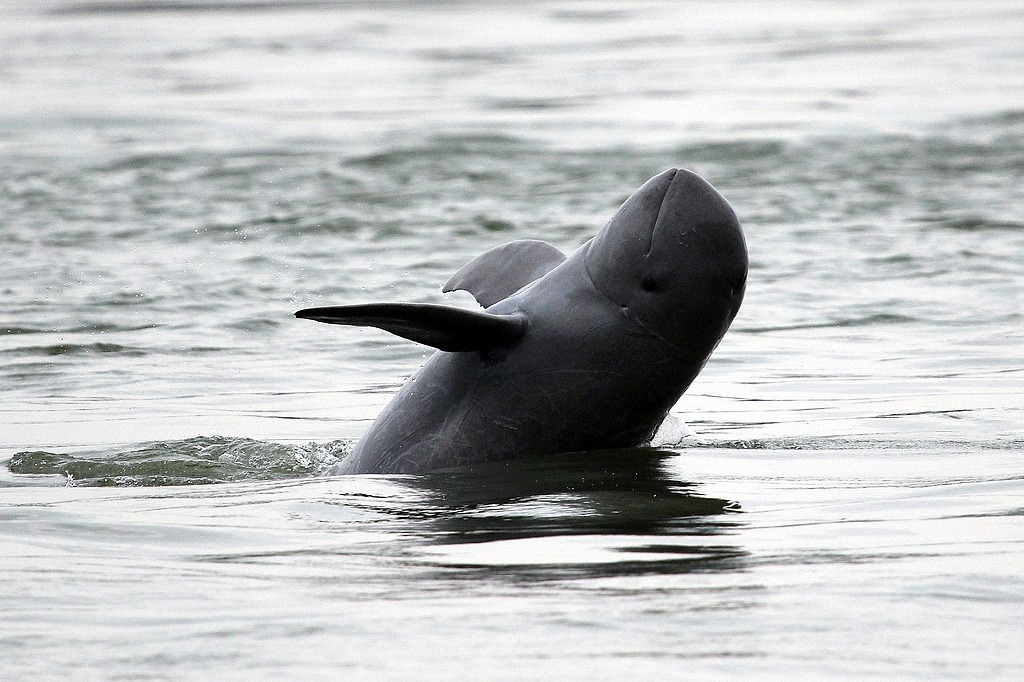Consumers getting wise to deception of 'shrinkflation'

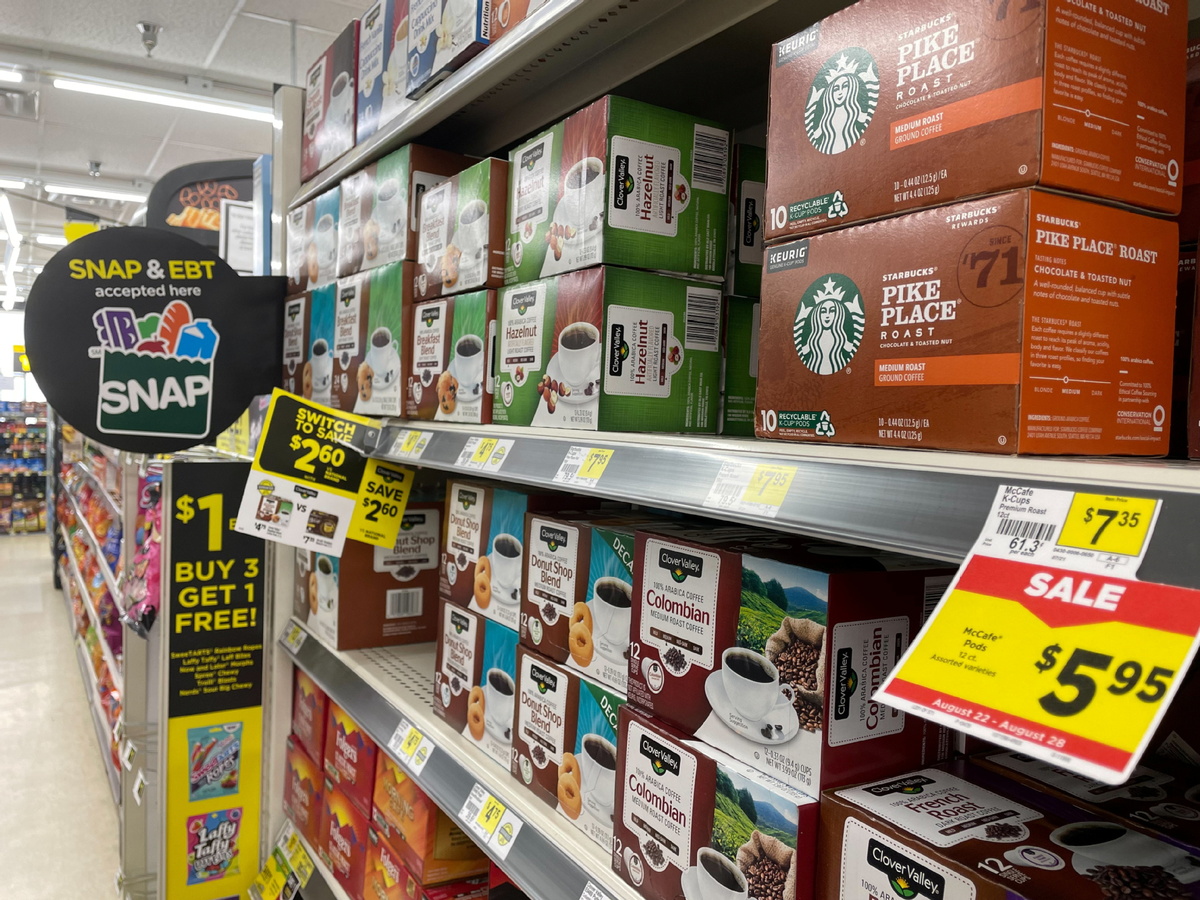
Notice how that "pound" of coffee you used to buy is now 10 ounces instead of 16? How about that "half-gallon" of orange juice that was once actually 64 ounces but is 52? And why is that carton of ice cream more easily gripped in your palm?
The changes are a result of "shrinkflation", a practice in which brands sneakily reduce the amount of product they give you instead of — so they say — jacking up prices. Maybe they think we won't notice, but we do.
In 2021, shrinkflation has become even more of a detriment to consumers' wallets, now that inflation as measured by the US consumer price index clocked in at 5.4 percent in July.
Although shrinkflation was an irritating trend long before the COVID-19 pandemic, the miniaturization has gotten worse this year as labor and shipping costs have jumped — along with demand in an economy flush with government stimulus money.
"Do we raise the price knowing consumers will see it and grumble about it? Or do we give them a little bit less and accomplish the same thing? Often it's easier to do the latter," consumer advocate Edgar Dworsky told The Washington Post.
And that does seem to be the motivation: Shrink what consumers are getting instead of hitting them with a price increase.
Dworsky's website, consumerworld.org, keeps tabs on the shrinkage. His list of offending products includes cereals, iced tea, paper towels, toilet paper and plastic bags.
"As consumers, we are not completely rational: The one piece of numeric information people are sensitive to is price," Julio Sevilla, a marketing professor at the University of Georgia, told the Post. "Size matters less."
Reddit.com also has a page devoted to shrinkflation.
One Reddit user recently posted about not remembering Reese's Peanut Butter Cups "being this small".
Another posted a photo of a tube of Colgate toothpaste beneath the box it came in. The box was about 1 ½ times the length of the tube.
A bottle of the popular Softsoap hand soap refill slimmed down from 56 ounces to 50. Curiously, the company told a consumer who posted on Reddit that it did so after it "worked hard to improve the grip so it would be easier to control when refilling your pumps", although Softsoap, like the toothpaste mentioned, a Colgate-Palmolive brand, also noted that the smaller bottle was "inline with the marketplace".
There was a photo of a Klondike ice cream bar, "visibly thinner and lighter than in the past".
Tillamook, a farmer-owned cooperative creamery on the Oregon coast and makers of a very tasty ice cream, decreased the size of its ice-cream cartons from 56 ounces to 48 ounces earlier this year. Tillamook said in a blog post that it decided to reduce the dimensions "so that the affordable cost per carton of ice cream did not change for our fans".
"If you are a manufacturer or retailer, you have a couple of choices — you can keep prices the same, which means you have lower margins," Anne-Marie Roerink, the founder of market research firm 210 Analytics, told CBS News. "Second, you can run fewer promotions," she said, with a third tactic being to "keep prices the same but have a little less in the box".
The producer price index for final demand increased 1 percent in July, the US Bureau of Labor Statistics reported on Aug 11. The final demand index increased 7.8 percent for the year ended in July, the largest advance since 12-month data were first calculated in November 2010.
"All throughout the supply chain, everyone is struggling to get labor. And transportation costs have, in some cases, tripled," Roerink said. "We are absolutely going to see more shrinkflation."
Even the cost of shipping containers is rising.
The price of a new container, which had stabilized at around $3,500 per 20-foot equivalent unit (TEU) earlier this year, has risen again and is now at $3,800 per TEU.
Prices are "at unprecedented levels," said John O'Callaghan, global head of marketing and operations at container-leasing company Triton, on a call with analysts on July 27.
Two years ago, before the pandemic, the price of a new container was around $1,600 per TEU, according to freightwaves.com, an industry website. Almost all of the containers are built in China, mainly by CIMC Group, CXIC and Dong Fang, according to the website, and they are increasing production.
As for the shrinkflators, there is one thing they haven't encroached on yet: a standard bottle of beer, which still is 12 ounces (in the US).

















